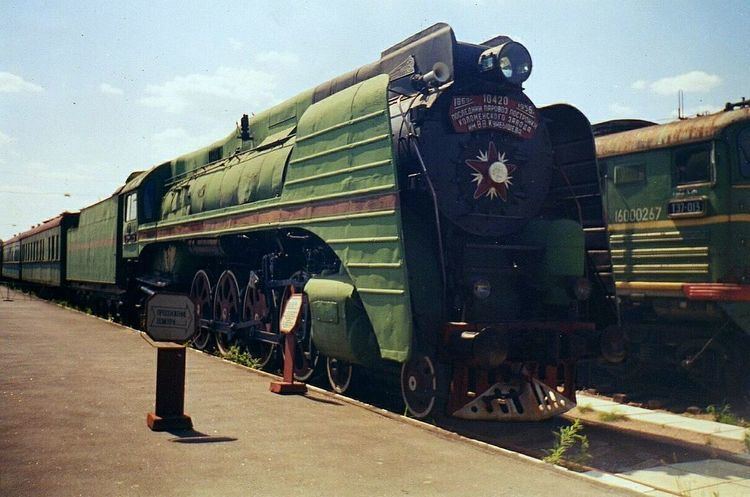Reporting mark SZhD, SZD Dates of operation 1922–1991 | Predecessor RIZhD, JGR | |
 | ||
Successor RŽD, UZ, BCh, ADDY, SR, HYU, LG, CFM, EVR, LZD, KTZ, OTY, TZD, KTJ Track gauge 1,520 mm (4 ft 11 ⁄32 in) | ||
The Soviet Railways (Russian: Cоветские железные дороги (CЖД)) was the state owned national railway system of the Soviet Union, headquartered in Moscow. The railway started operations in December 1922, shortly after the formation of the USSR. It operated until the dissolution of the Soviet Union in December 1991. The Soviet Railways were the largest unified railway in the world and the backbone of the USSR's economy. SZD greatly upgraded and expanded the Russian Imperial Railways to meet the demands of the Union. The railway was directly under the control of the Ministry of Railways in the Soviet Union.
After the dissolution of the USSR, the Soviet Railways were split into 14 different national railways belonging to the respective countries. However, after the end of the SZD, rail transport in the former USSR states greatly declined and have not recovered to their former efficiency to this day. The Russian Railways are widely considered as the primary successor of the SZhD. Other successors inherit the Soviet infrastructure in Central Asia.
